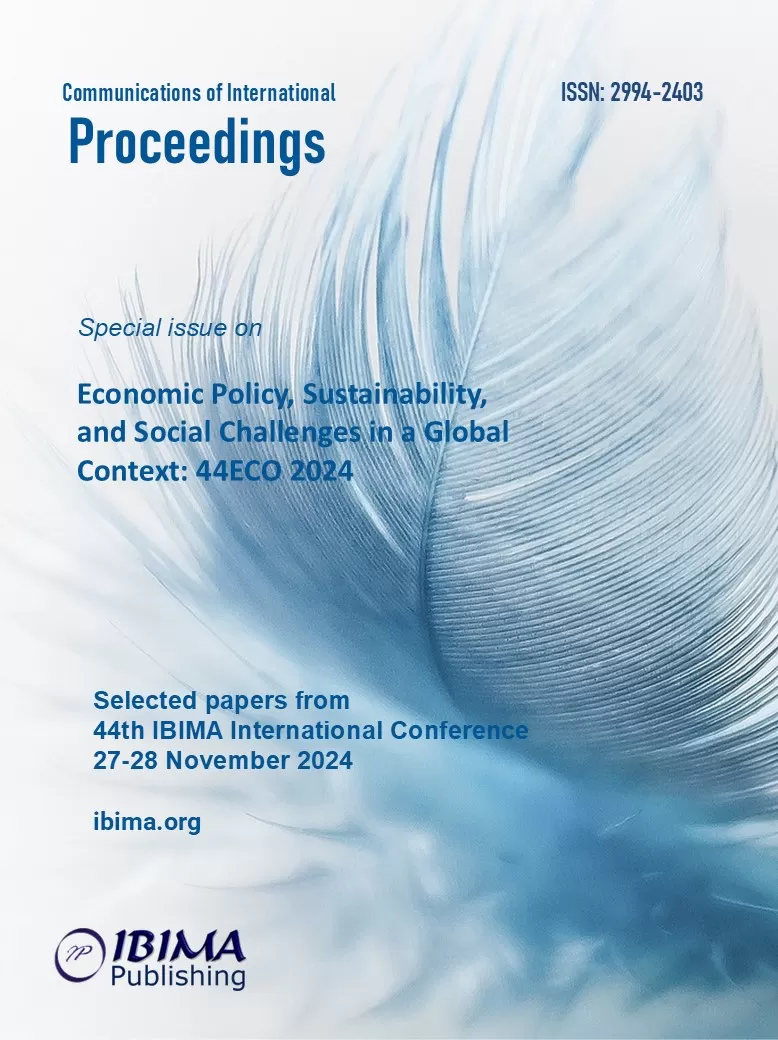
Bartosz ŁAMASZ and Marek MICHALSKI
AGH University of Krakow, Krakow, Poland

The energy commodity options market is characterized by high price volatility, often exceeding that of traditional asset classes such as stocks, bonds, interest rates, or stock indices. This volatility is directly reflected in the pricing of options. As one of the key determinants of the option premium, volatility implies that any significant fluctuations in the underlying asset’s market can lead to higher costs for option buyers. Consequently, sudden and unpredictable events – such as the outbreak of the COVID-19 pandemic – can significantly alter the dynamics and characteristics of the options market.
The purpose of this article is to analyze and compare the state of the commodity put options market before and after the outbreak of the COVID-19 pandemic, using WTI crude oil options contracts as a case study. The study examines a four-year period – two years before and two years after the onset of the pandemic –focusing on American put options with maturities of no more than 30 days. The analysis includes options with various strike prices, deviating by 5% from the WTI crude oil price at the position’s opening. The findings indicate a significantly higher level of option premiums across all option categories, along with a notably lower frequency of option exercise. Prior to the pandemic, put options with the highest strike price (5% above the WTI price at the time of position opening) and the shortest maturities provided the most effective hedge against declines in oil prices. Although this category remained the most favorable during the pandemic, the frequency of profitable option exercises was 2.5 times lower compared to the pre-pandemic period.